How to get started with B2C Email Marketing
B2C email marketing differs significantly from B2B email marketing because the products and problems being addressed — and therefore the content of marketing emails — vary greatly depending on the type of customers. Even if we intuitively understand that B2B and B2C marketing are not the same, it is still important to understand how this applies to bulk email marketing campaigns.
In a business environment, subscribers value thought leadership and comprehensive solutions to complex issues over style and design. This means they are more likely to consume longer-form material such as whitepapers, eBooks, and useful case studies if they believe they can have the value they need.
Consumers, on the other hand, demand emails that are timely, visually appealing, and cleverly tailored to their individual needs and interests. Short purchase period promotions and exclusive material should be included in the email content. Furthermore, they prefer to receive emails that stand out from the clutter in their inboxes rather than contributing to it. In a nutshell, they want everything! And it is the marketer’s responsibility to deliver.
In this article, I will share with you everything you need to know about B2C email marketing, as well as some tips you can use to maximize your email marketing efforts. Let’s jump right into the details!
Core Components of an Effective B2C Email Marketing Strategy
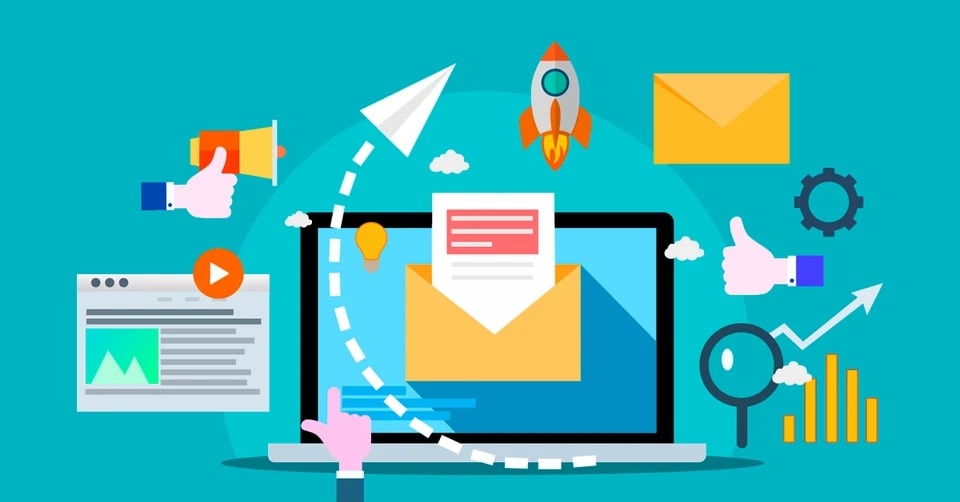
To create an effective email marketing strategy, you should start with the following components:
- Quality Curated Email Lists. Clean, regularly managed, and segmented email lists are needed for effective B2C email marketing. The better your accessible and interaction metrics, the higher the quality of your lists.
- Clean Databases, Ready for Personalization. The ability to personalize B2C emails to the Nth degree is perhaps the most significant difference between B2B and B2C emails. A current database that allows you to sort and segment based on purchasing background, behaviors, demographics, or interests could increase conversion rates and ROI.
- Clear, navigable designs. Consumers are busy, and their inboxes are often overflowed. The last thing they want is a convoluted email with no basic structure or call to action. Meet standards instead with a sleek, mobile-friendly interface, scannable copy, and eye-catching calls to action.
- Timing & Consistency. Finally, the frequency at which you send emails will have a significant impact on the effectiveness of your campaign. Different send times should be tested to determine which is most successful at driving interaction and conversions. Also, don’t wait too long between texts. The aim is to stay top of mind with customers.
9 Types of emails to use in your B2C email marketing
1. Welcome Emails
In contrast to B2B, where shared business interest is a way to get straight to the point, B2C needs an emotional approach to engage the target audience. Building communications with end customers is a much more complex process that begins with first experiences. That is why welcome emails are so important because they set the tone for future relationships.
According to HubSpot, emails of this kind have the highest CTR and CTOR, as well as the highest open rate – 50 percent, with some companies reaching 80 percent. But how do we make them do so well? We have some suggestions for you.
As previously said, you are contacting customers for the first time. So you can have greetings and thanks, and the best way to do so is right on the banner. “Thank you” is a magic word and the foundation of loyalty.
Then, help your customers get more familiar with your brand. Offering a diverse selection is beneficial, but you can also say the brand’s past or add the CEO… Monica Vinader was able to complete three tasks in one.
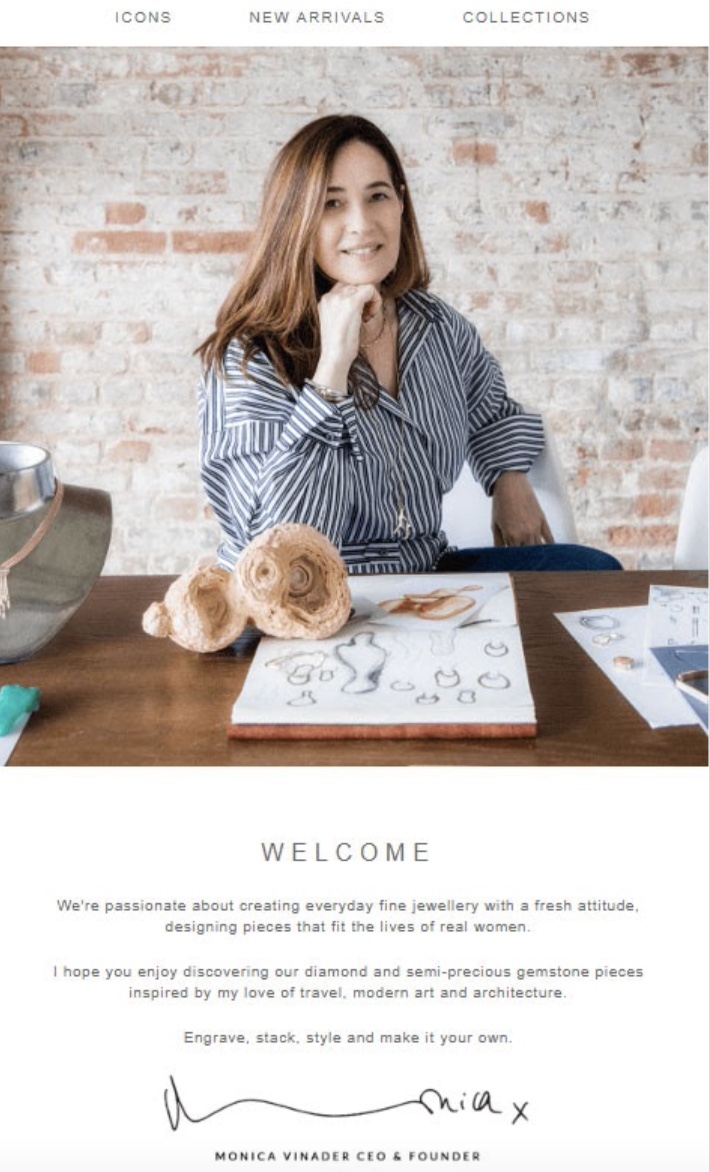
She included her picture in the first scroll, then explained what kind of products her company sells – and, eventually, told a brief tale about why she became interested in jewelry.
Personalization comes next. Of course, you can use the names of your subscribers. However, personalization goes even deeper. The welcome email is an excellent opportunity to get to know your customers better. Add forms to fill out – this way, you’ll have vital information including age, gender, marital status, and so on. Another choice is to set preferences, which prevents subscribers from disappointment by ensuring that they only receive relevant content.
All depends on creativity when it comes to design, whether it’s vibrant or humble – just make it catchy, and don’t forget about brand quality. The same is true for any emails you send. Always be remembered for your distinct branding style. Add the logo to a header to remind people of the company’s name. Also, make sure the CTA button is clear and visible.
Don’t forget to include your contact details, map, social links, website address, phone numbers, and so on in the email footer. It would be good to note the date of establishment and the awards you have received – well, it’s not bad to brag a little.
2. Promo Emails
After you’ve welcomed our newcomers and introduced yourself, it’s time to use emails to keep them up to date. That’s right, it’s all about promotional campaigns. There is a lot to say about this subject, and many posts have been posted… So let’s take a look at some of the best-kept secrets of stellar promotional mailing.
The first question is how often we can send promotional emails. It depends, but generally sending them weekly is the best option. According to a CampaignMonitor poll, 60% of respondents are okay with this frequency. So, don’t be too distracting, or you risk the unsubscribes and spam report rates — it’s hard to believe you need this result. Seasonal and holiday emails, of course, are critical for growing your company.
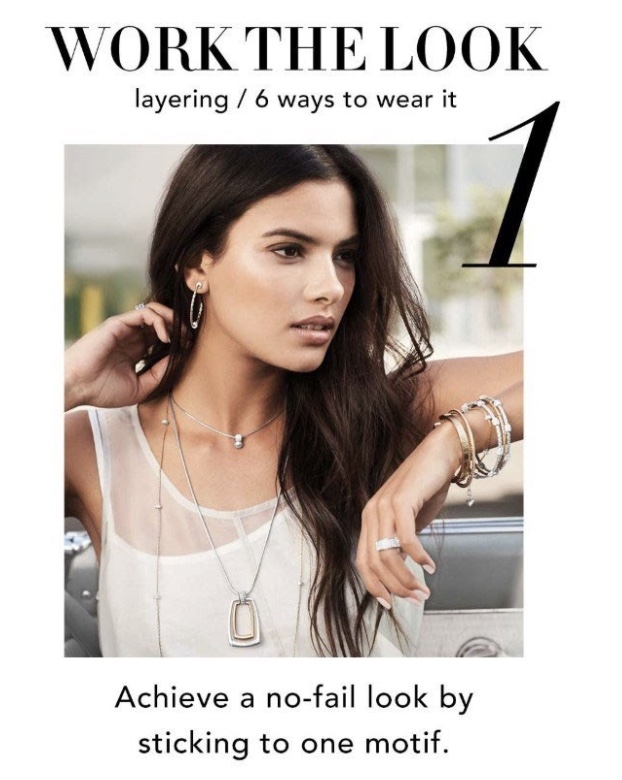
What exactly is a successful promotional campaign? Since your competitors have identical products and services, your email should be one-of-a-kind. To be excellent, keep the following suggestions in mind.
- Make catchy subject lines because they decide whether or not people can open your mail. By the way, despite claims that they are spammy, the terms “sale,” “discount,” and “off” work well.
- Consider your value offer carefully since a promotional email begins with an offer, which decides the email design.
- Emotions can be spread via emails. Keep this in mind when you focus on concept and copy! Choose the best words to evoke emotions and explain your product.
- Be trendy! Today, interactive elements are common. Using countdown timers to build a sense of urgency and focus on sales scale, as well as rollover effects, picture carousels, and so on.
- From the subject line to the content, personalize and even hyper-personalize emails. Segmentation is beneficial, but monitoring consumer behavior is also beneficial; for example, you might demonstrate how to mix previously purchased products with new items.
3. Order Confirmation Emails
Order confirmation emails are necessary so customers must be informed that their orders are in good condition. For emails like that, time is of the utmost importance. You should give confirmations as soon as possible. Second, you should have the option to modify or order additional products.
Essential components of a confirmation emails are:
- pics of the products;
- list of ordered items;
- price;
- total cost;
- way of delivery;
- delivery date;
- your contact information.
Here’s a perfect example:
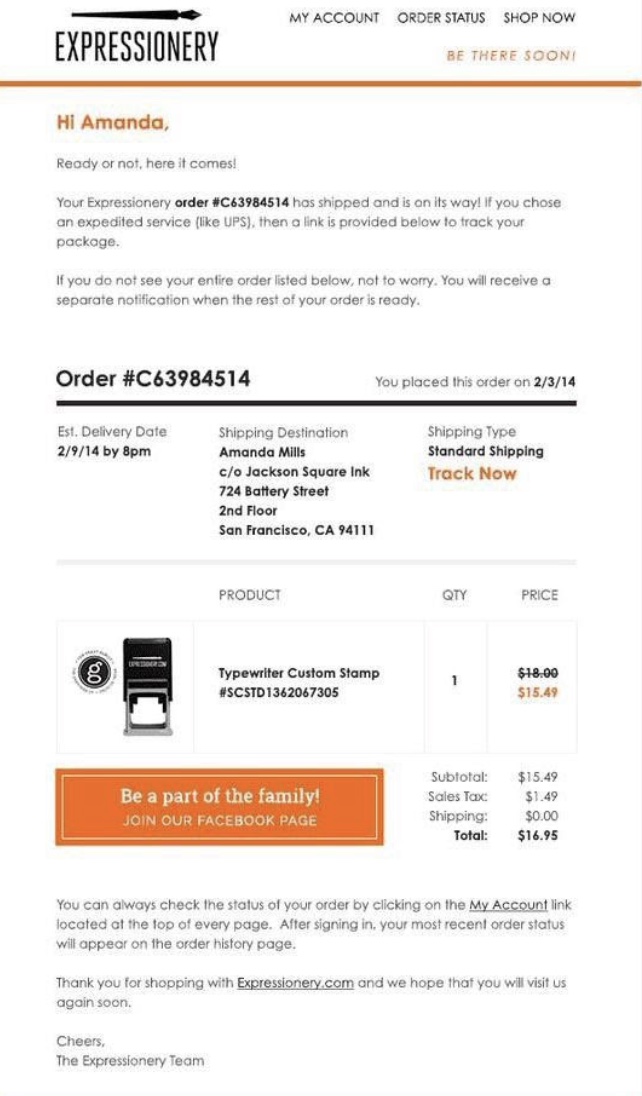
4. Shipping Confirmation Emails
These emails are, in a sense, a follow-up to order confirmation. Again, give them as soon as you have some new information. Actually, all prompted emails should be sent right away, within seconds. Don’t keep people waiting.
Here are some tips to create a good shipping confirmation email:
- confirm the ordered items;
- stick to the brand style;
- mention the total cost, including taxes;
- inform about shipping method again;
- and say “Thank you” to the customer.
The more you communicate with your customers, the more likely they will become repeat customers.
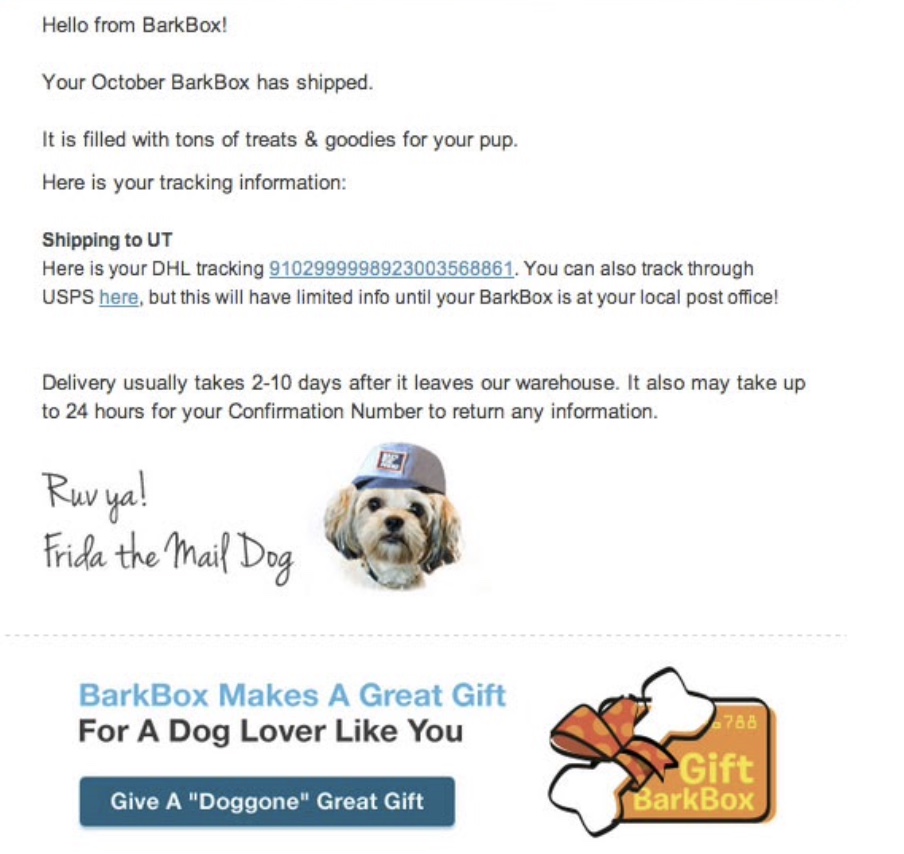
5. Abandoned Carts Emails
When carts are abandoned, you’ve lost sales. The simple truth is that just 33% of consumers finish their shopping, which means the remaining 67 percent abandons their carts. You should remind them of their original intentions when they came to your store, but how? When it comes to addresses, consider the following:
- Links should take directly to the cart;
- Send not single emails but sequences;
- All the discounts should be valid;
- Make appealing and concise subject lines;
- Personalize abandoned cart emails;
- Add images of abandoned items;
- Provide testimonials;
- Email design should be clean and brand consistent.
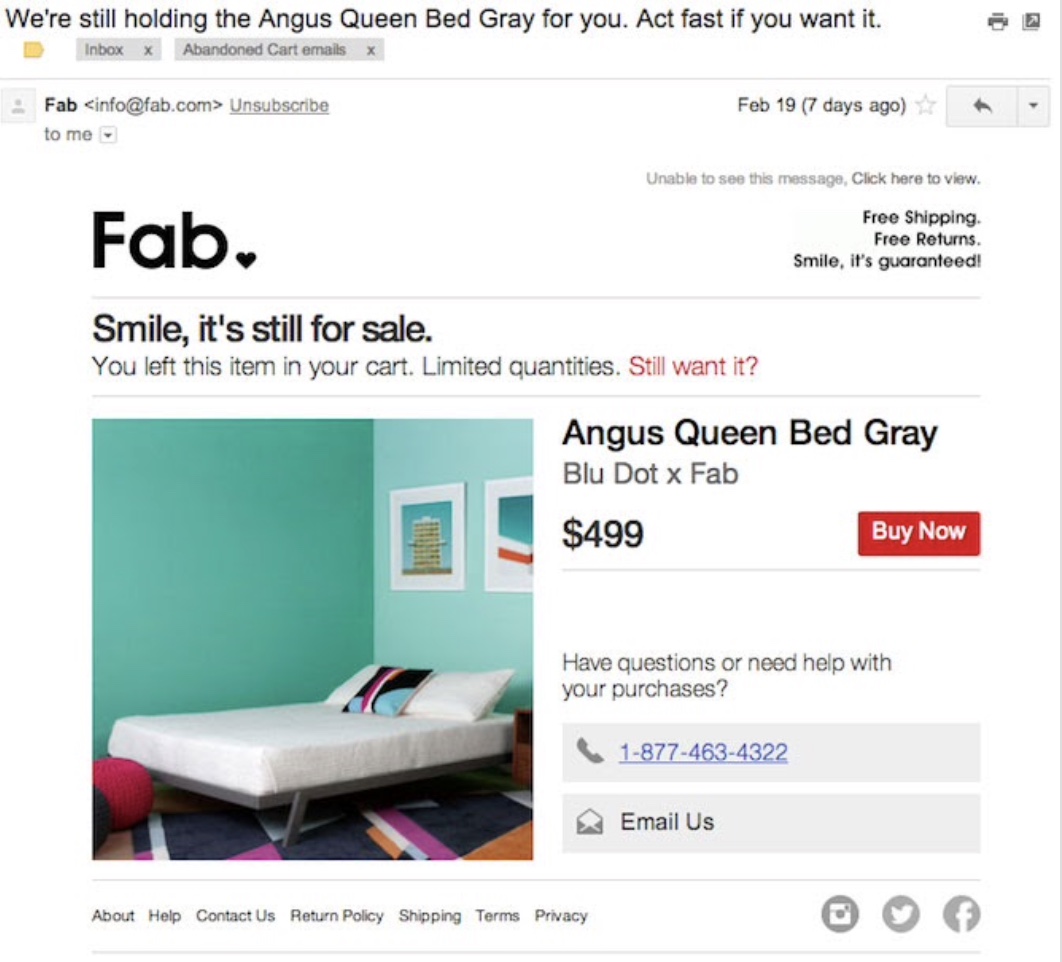
6. Notification Emails
These messages are the most convenient way to remind people of what has occurred or is about to occur. They have the highest levels of being opened. However, you should always adhere to best practices.
- The subject line here should not be a flight of imagination. The subject line of a notification email is very notificational. The email content is about details only;
- Be specific. Get straight to the point;
- One single clear message at a time. Don’t confuse subscribers with promos or sales;
- One clear CTA;
- Send right away.
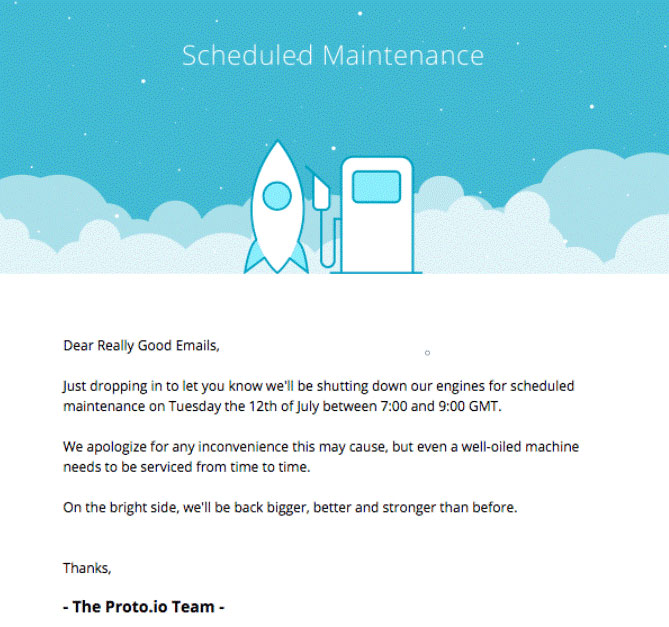
7. Re Engagement Emails
Despite marketers’ best efforts, customers still say “no.” According to HubSpot research, annual database losses are approximately 22.5 percent. Customers can discontinue using our products and services, choose another business, our quality has deteriorated, and so on.
But you actually can re-engage these subscribers. Here are how:
- show the subscribers what they are missing;
- provide an alternative;
- show your new product;
- or just add a “Update preferences” option. Maybe something has happened in the customer’s life, f.ex. children grew and they no longer need diapers but looking for some school products? When you ask them to update their preferences, your email newsletters can become relevant again.
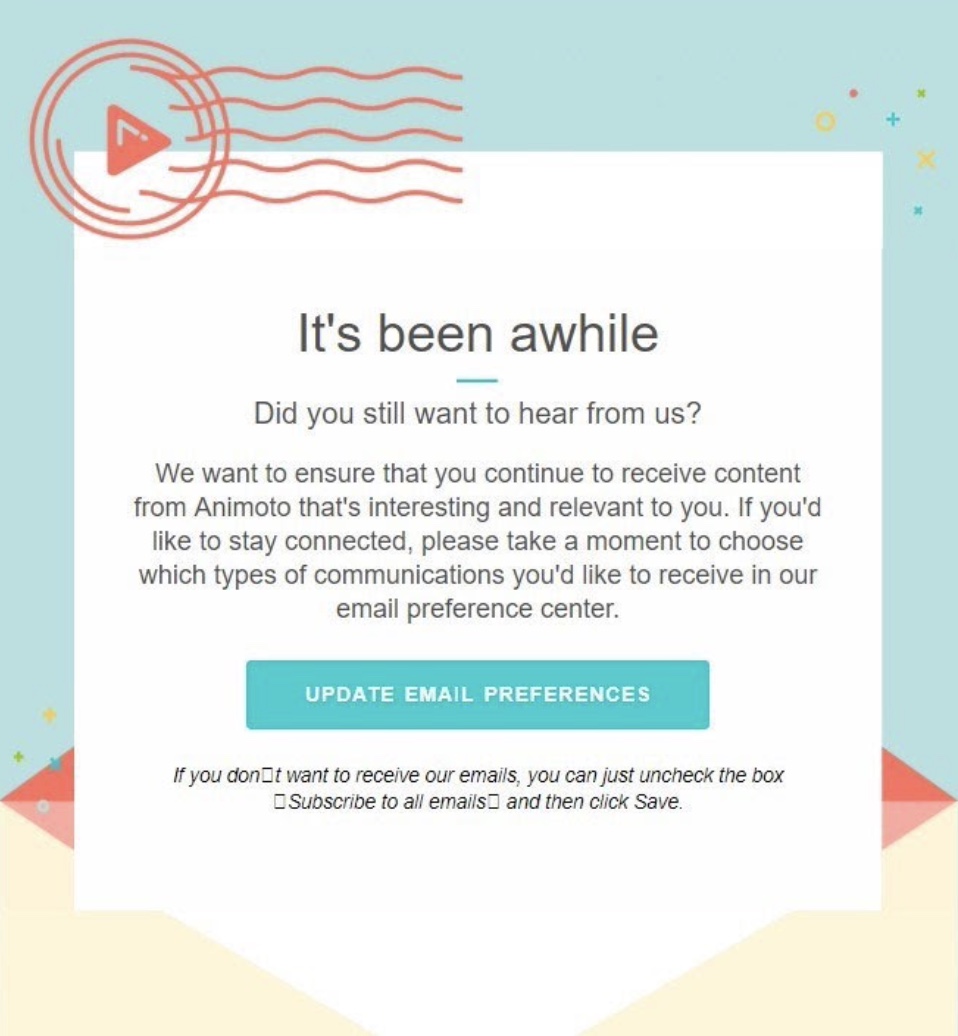
8. Apology Emails
According to Statista data, 82 percent of customers are satisfied with ecommerce, but 18 percent are dissatisfied. That is why, if you want to improve the situation, you should send apology emails.
How to make them effective?
- respond in time;
- stick to your brand’s style and design;
- make design sweet and not too festive;
- be honest and polite;
- be creative. A good way is to be funny and cute.
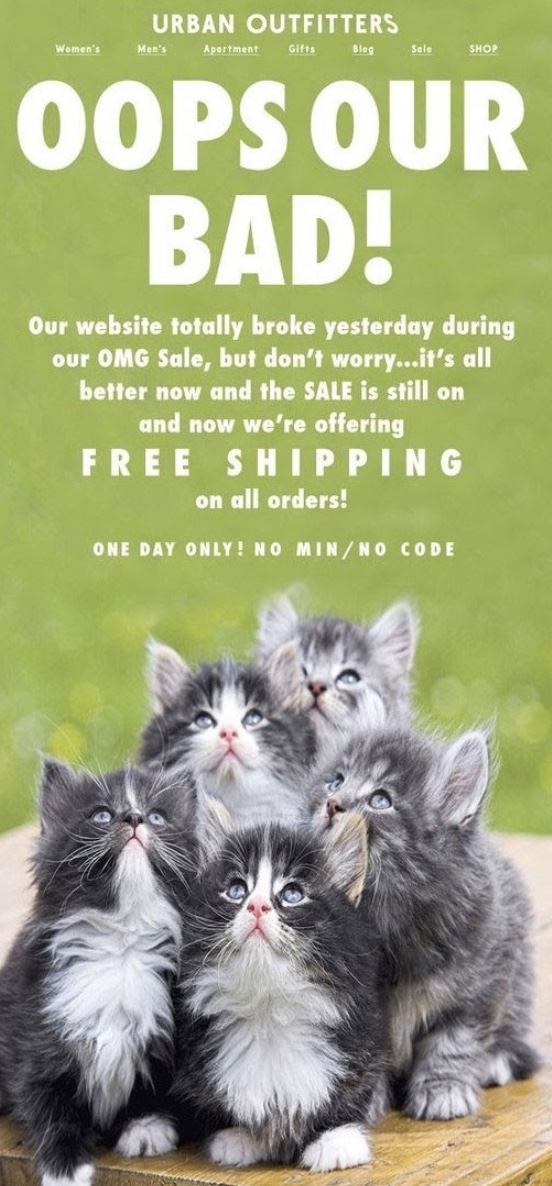
9. Survey Invitation Emails
Last but not least, there are survey invitations. Did you know that the average response rate for surveys is about 10%, with well-known companies reaching 25%? Surveys are the foundation of reviews. How do you get people to participate? Here are some tips:
- Attract customers with a value proposition – for example, give a 15% discount on the next purchase;
- choose the best time. Send the questionnaire at any time of day if it is brief and only contains 2-3 questions. Long surveys should be sent in the evening while clients are relaxing,
- Share final results. When people invest time in something, they want to know the outcome. As a result, assure them that you will share the findings. People want to be a part of something significant.
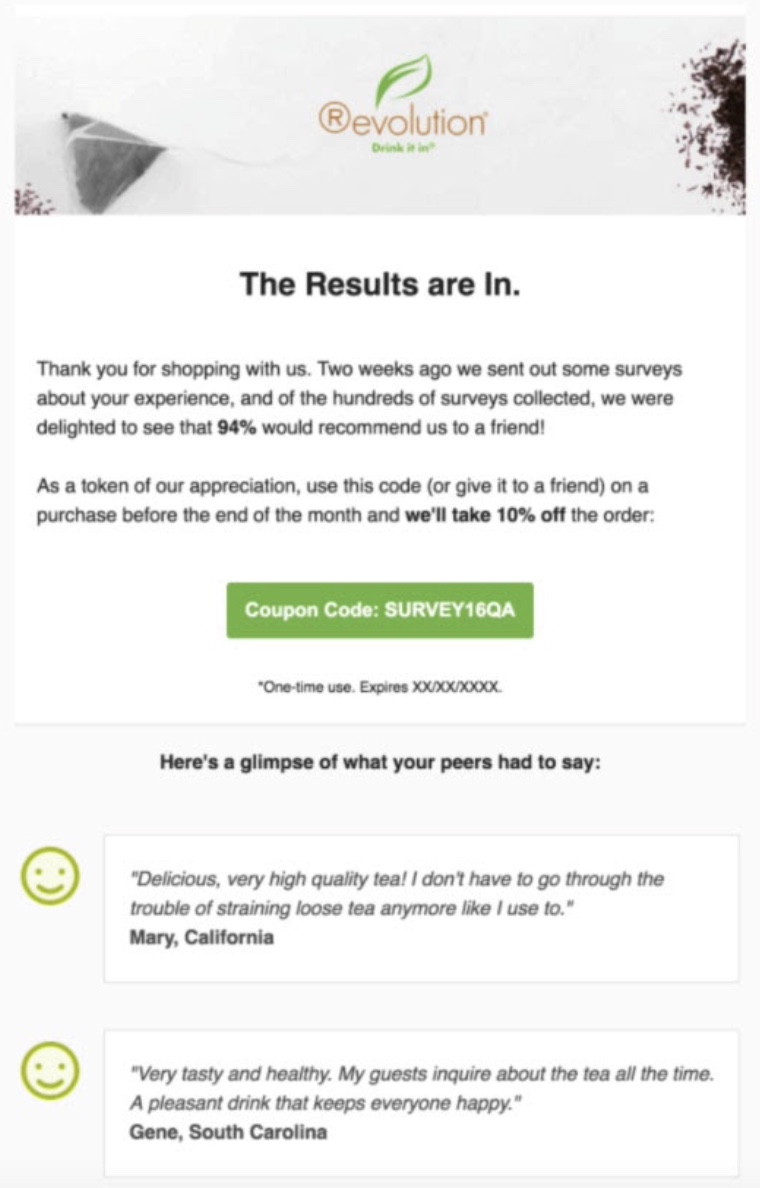
6 Best Tips To Get Started With B2C Email Marketing
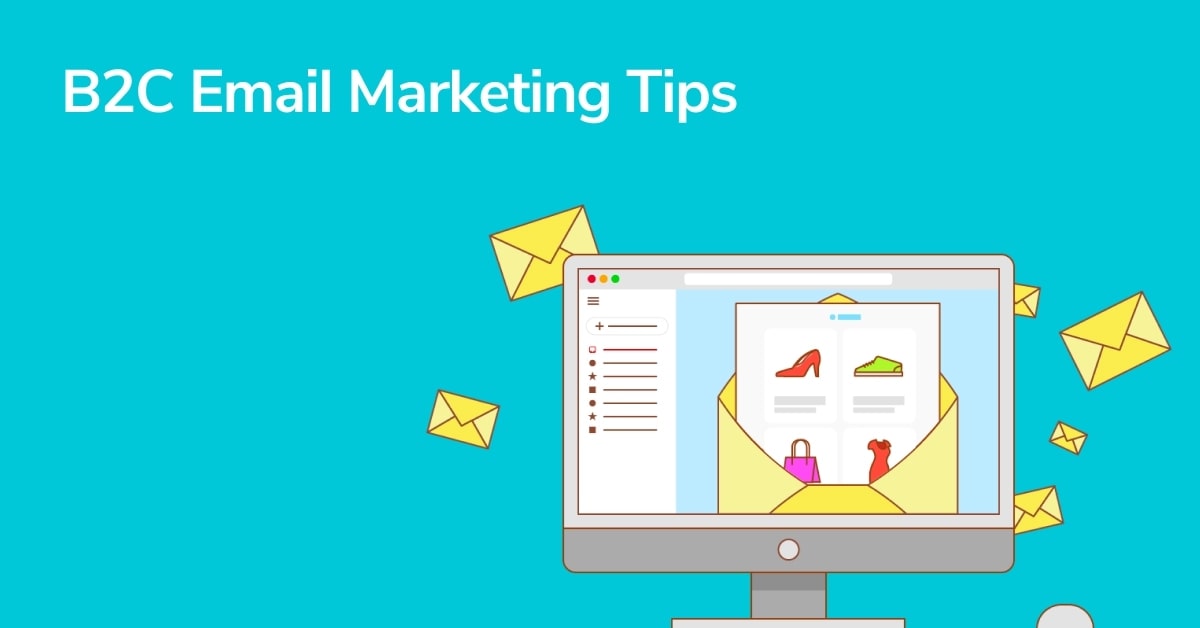
1. Use Segmentation
Segmenting email lists is a best practice for B2C marketing since it helps marketers to organize their total email contact list into smaller, more targeted lists. This enables you to create email content that is more specifically tailored to the needs and desires of their target audience.
The best segmentation criteria for B2C email marketing are:
- Demographics (gender preference, age, location)
- Subscriber-specified preferences (preferred frequency, interests)
- Past purchase history
Whatever products or services you offer, it is almost certain that different groups of people will find value in different aspects of your market.
2. Personalize your Message
Personalization is crucial since customers want to feel as though your email was crafted specifically for them. When their inboxes are getting full, subscribers are more likely to miss mass emails than personalized emails. After all, there’s nothing like choosing a large number of emails and hitting delete when your inbox becomes overflowed, am I right? Since it is the simplest way to cut through the noise in the inbox, personalizing your messages will accelerate the path to high email interaction.
3. Appeal to Emotions
On the business side, becoming a thought leader isn’t really going to pass the needle. B2C content marketing, instead, is often focused on subjects that customers are interested in. That is why Red Bull has grown to become the world’s largest extreme sports media brand. It is also the reason why American Express has developed into a publishing powerhouse.
Effective B2C email marketing concentrates on appealing to customers’ interests and personal needs. This emotional appeal can take the form of showcasing a successful non-profit collaboration or a heartfelt case study about how your product really benefited others. Giving an emotional point, regardless of its type, is the most effective way to reach customers with a message that resonates.
4. Send Emails at the Right Time
B2B emails have much higher engagement rates during working hours than in the evenings and on weekends, which is understandable. B2C email marketing, on the other hand, is more difficult!
Owing to subtle variations in their audiences, the best time to send an email for one business can be a complete flop for another (even within the same industry). You won’t know what works best for your subscribers until you test email send times. During research, you can also discover that different segments have dramatically different interaction patterns, necessitating customized timing strategies for each. Don’t be afraid to send emails at odd hours, such as late at night or early in the morning. Sometimes, the lower competition at these times leads to much greater engagement.
5. Be Casual
You don’t have to be as formal in B2C emails as you do in B2B emails. In reality, some of the most successful B2C email campaigns are lighthearted, silly, and casual. Have some fun with your B2C emails by being clever and funny, using emojis, and incorporating social media.
B2C email marketing is all about letting the brand’s personality shine through in a “sticky” way. Create emails that subscribers look forward to receiving and are eager to open and share. The end result would be organic email list growth and increased subscriber satisfaction.
6. Use Promotions to your Advantage
B2C sales cycles are far shorter than B2B sales cycles. Consumers are more likely to make impulsive purchases when they see a good deal, so promotional deals have a stronger impact on this demographic. Including a clear call to action (CTA) in your email and providing coupon codes or other deals boosts interaction and conversion rates.
This is the simplest way to win the B2C email marketing game, whether email promotions are made to encourage a purchase or upsell customers who have already purchased. Limited-time coupon codes work well to encourage fast transactions (especially during busy holiday shopping seasons), and offering incentives such as free shipping on purchases of a certain size can help increase average order value.
The Best Tool To Get Started With B2C Email marketing
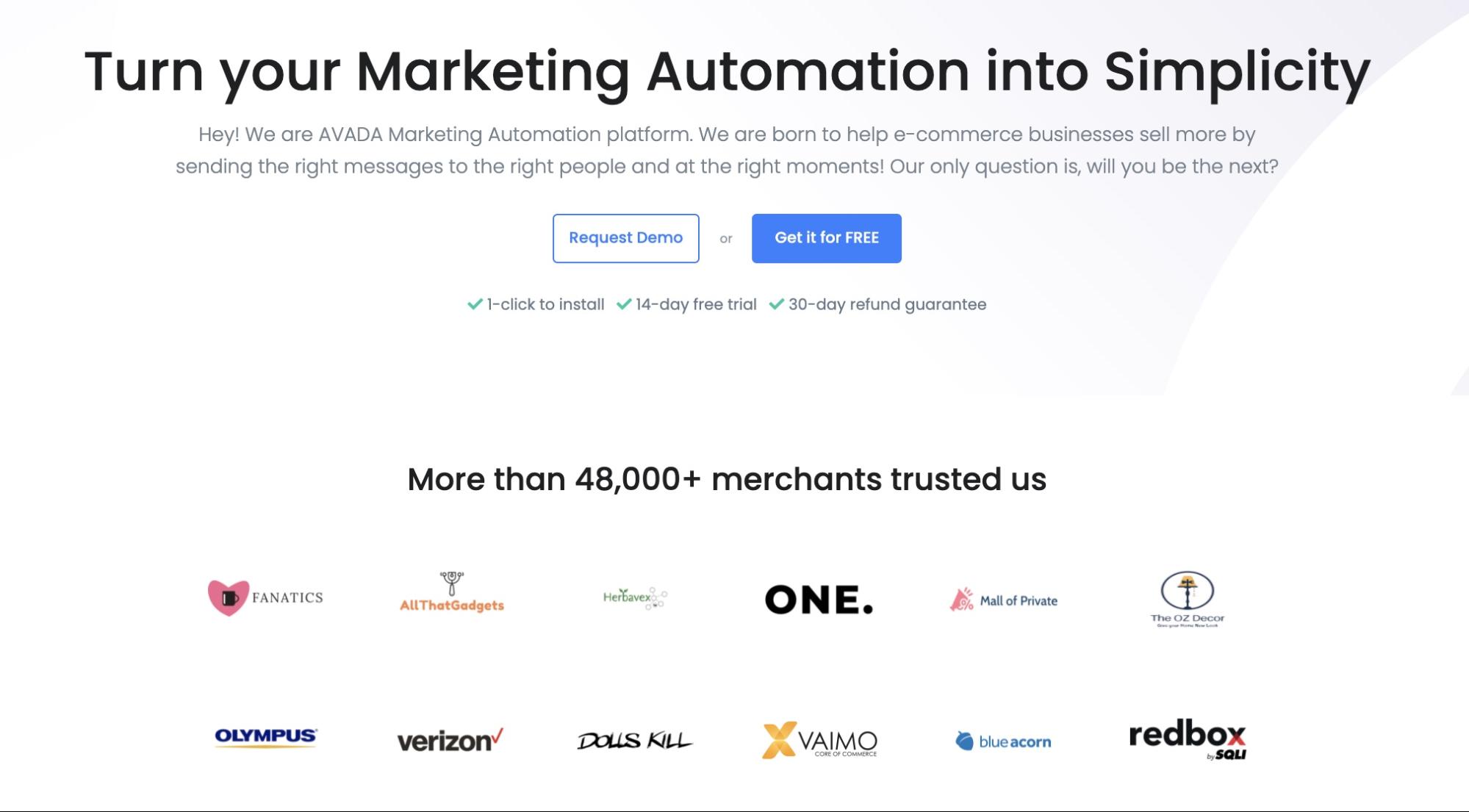
If you’re finding a tool that allows you to create, run and manage your email marketing campaigns effectively, try out AVADA Marketing Automation. This tool will provide you all the features you need to implement all the practices you’ve learnt in this article and help maximize your email marketing efforts.
Final words
That’s it! I hope this article has provided you with valuable information about how to get started with B2C email marketing. Please feel free to leave comments below for further discussion on this topic!
New Posts






